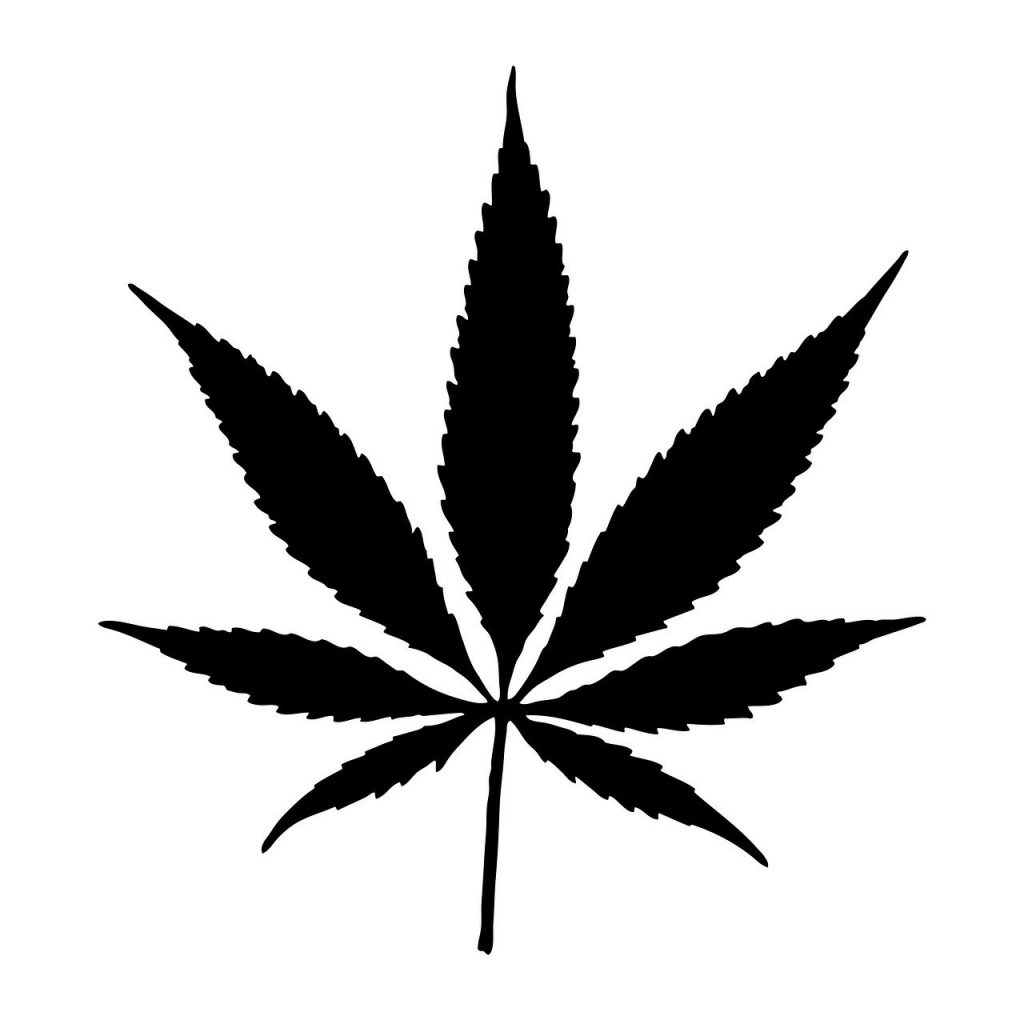Crafting engaging and informative content for a criminal defense attorney’s website blog can be a powerful tool in reaching individuals facing criminal charges in Utah. By understanding their needs and concerns, you can create posts that explain complex legal concepts in a clear and accessible manner. Showcase your expertise and experience through compelling case studies and real-life scenarios, instilling confidence and setting your firm apart. Address common legal concerns directly, providing reassurance and guidance. Personal stories can humanize your practice and create emotional connections with your readers. To maximize visibility, it is essential to optimize your content for search engines by conducting keyword research and incorporating keywords naturally. Each blog post should include a clear call-to-action, prompting potential clients to take the next step and seek your prompt assistance when facing charges related to the cultivation of illegal substances.
Cultivation of Illegal Substances
Cultivation of illegal substances refers to the act of growing or producing illicit drugs, such as marijuana, methamphetamine, or cocaine, with the intention of manufacturing or distributing them. This practice is considered a serious offense in many jurisdictions around the world and can lead to severe legal consequences for those involved. Understanding the nature of illegal substances, the potential legal consequences, the factors that influence cultivation, and the methods used can provide valuable insight into the issue.
Overview of Illegal Substances
Illegal substances encompass a wide range of drugs that are prohibited by law for their detrimental effects on individuals and society as a whole. These substances include but are not limited to marijuana, cocaine, heroin, methamphetamine, LSD, MDMA, and synthetic drugs. They are classified as illegal due to their potential for abuse, negative health impacts, and their association with criminal activity. The cultivation of these substances is a significant concern for law enforcement agencies, as it contributes to the production and distribution of illicit drugs, posing a threat to public safety.
Legal Consequences of Cultivation
Engaging in the cultivation of illegal substances carries severe legal consequences in most jurisdictions. Depending on the specific substance and the quantity involved, individuals involved in cultivation can face charges ranging from drug possession and manufacturing to trafficking or distribution offenses. These charges often result in significant fines, lengthy prison sentences, and a permanent criminal record. The severity of the legal consequences is influenced by various factors, such as the type of substance cultivated, the intent of cultivation, and the individual’s criminal history.

This image is property of pixabay.com.
Types of Illegal Substances
Illegal substances can be broadly categorized into different types based on their chemical composition and effects on the body. Some of the commonly cultivated illegal substances include:
Marijuana (Cannabis):
Marijuana is one of the most commonly cultivated and consumed illegal substances worldwide. Its cultivation involves growing and harvesting the Cannabis plant, primarily for the psychoactive compound tetrahydrocannabinol (THC) found in its flowers and leaves.
Methamphetamine:
Methamphetamine, also known as meth, is a highly addictive synthetic drug that stimulates the central nervous system. Its cultivation often involves the extraction and synthesis of various chemicals in illegal laboratories to produce the drug.
Cocaine:
Cocaine is a powerful stimulant derived from the leaves of the coca plant. Its cultivation primarily takes place in South American countries, where the coca plant is grown and processed into the illicit drug.
Heroin:
Heroin is a highly addictive opioid drug derived from morphine. The cultivation of heroin involves the processing of opium poppies, typically grown in regions such as Southeast Asia, Mexico, and Colombia.
Factors Influencing Cultivation
Several factors influence the cultivation of illegal substances, including economic incentives, geographic location, and societal conditions. The profitability of cultivating illegal substances can be a significant driver for individuals involved in this criminal activity. The potential for high profits coupled with the ease of market access can outweigh the risks involved for some individuals. Geographic factors, such as mild climates or access to remote areas, can also influence the choice of cultivation sites. Additionally, social and economic instability, poverty, and political factors can create an environment conducive to clandestine cultivation operations.

This image is property of pixabay.com.
Methods of Cultivation
The cultivation methods used for illegal substances vary depending on the substance and the environment in which it is being grown. Some common methods of cultivation include:
Outdoor Cultivation:
Outdoor cultivation involves growing illegal substances in open-air environments, such as fields or remote areas. This method relies on natural sunlight, soil, and climate conditions to support the growth of the plants. Outdoor cultivation can be more challenging to detect due to the vast and open nature of the cultivation sites.
Indoor Cultivation:
Indoor cultivation involves growing illicit substances in controlled environments, such as houses, warehouses, or underground facilities. This method allows for greater control over factors such as light, temperature, and humidity, resulting in higher yields and faster growth. Indoor cultivation can be facilitated through the use of artificial lighting, hydroponic systems, and climate control equipment.
Indoor vs Outdoor Cultivation
The choice between indoor and outdoor cultivation depends on various factors, including the type of substance, environmental conditions, and the level of control desired by the cultivator. Outdoor cultivation is often associated with larger-scale operations, as it utilizes the natural environment to support plant growth. However, outdoor cultivation is vulnerable to weather conditions, pests, and detection by law enforcement. On the other hand, indoor cultivation provides more control over environmental factors, enabling year-round production and higher crop quality. Indoor cultivation also offers greater concealment, making it harder for law enforcement to detect these operations.

This image is property of pixabay.com.
Popular Illegal Substances for Cultivation
While cultivation practices vary depending on the region, there are several popular illegal substances that are commonly cultivated around the world. These include:
-
Marijuana (Cannabis): Due to its widespread popularity and demand, marijuana cultivation is prevalent globally. It is cultivated for its psychoactive effects and the production of cannabis products, such as dried flowers, resin, or concentrated forms like hashish and marijuana oil.
-
Methamphetamine: Methamphetamine production is a significant concern in various regions, particularly due to its highly addictive nature and destructive societal impacts. The cultivation and production of methamphetamine involve the extraction and synthesis of chemicals combined with various household or industrial products.
-
Cocaine: Cocaine is predominantly cultivated in countries such as Colombia, Peru, and Bolivia, where the coca plant is grown. The cultivation and subsequent processing of coca leaves result in the production of cocaine powder or solid forms like crack cocaine.
-
Synthetic Drugs: The cultivation and production of synthetic drugs, such as MDMA (ecstasy), LSD (acid), and various designer drugs, are conducted through chemically complex processes. The synthesis of these drugs often involves the manipulation of existing chemicals and substances to produce mind-altering effects.
Signs of Cultivation Operations
Detecting cultivation operations can be challenging but recognizing certain signs can help law enforcement and other authorities identify suspected illegal substance cultivation. Some signs of cultivation operations include:
- Strong odor emanating from a property, particularly a pungent smell resembling marijuana.
- Unusual electrical consumption, such as a significant increase in power usage, potentially due to the presence of artificial lighting systems used in indoor cultivation.
- Blackened or blocked-out windows, which are often used to prevent detection of indoor cultivation activities.
- Unusual patterns of increased vehicle or foot traffic around a property, especially during odd hours when most people are not typically active.
- High levels of security measures, such as barbed wire, surveillance cameras, or reinforced doors, intended to protect the cultivation operation.
Prevention and Detection of Cultivation
Preventing and detecting cultivation operations require a multi-faceted approach involving community engagement, law enforcement efforts, and technological advancements. Increasing public awareness and education about the harmful effects of illegal substances can dissuade individuals from engaging in cultivation activities. Community involvement in reporting suspicious activities or properties can aid law enforcement agencies in identifying and investigating potential cultivation operations. The use of advanced surveillance technologies, aerial reconnaissance, and remote sensing can also enhance the efforts to detect and locate cultivation sites.
Law Enforcement Efforts to Combat Cultivation
Law enforcement agencies play a crucial role in combating the cultivation of illegal substances. They employ various strategies and initiatives to target cultivation operations and disrupt the illicit drug trade. These efforts include proactive investigations, undercover operations, and collaboration with other agencies and international partners. The enforcement of laws governing controlled substances, cultivation equipment, and precursor chemicals helps deter and apprehend individuals involved in cultivation. Additionally, increasing penalties for cultivation offenses and focusing on dismantling criminal networks associated with cultivation can contribute to reducing the prevalence of illegal substance cultivation.
In conclusion, the cultivation of illegal substances poses significant challenges for law enforcement agencies and societies worldwide. Understanding the types of illegal substances, the potential legal consequences, the factors influencing cultivation, and the methods used can assist in combatting this criminal activity. By implementing effective prevention strategies, detecting cultivation operations, and implementing robust law enforcement efforts, society can work towards minimizing the production and distribution of these illicit drugs and protecting public safety.



